Home>Furniture & Design>Bathroom Accessories>Why Do Guys Pee On The Toilet Seat
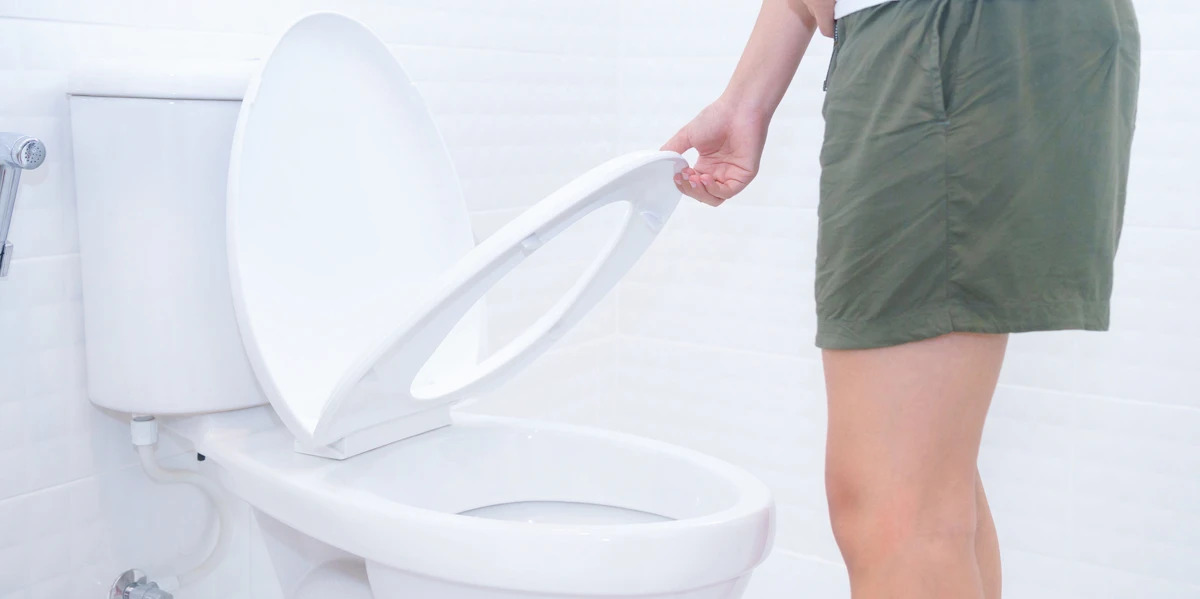

Bathroom Accessories
Why Do Guys Pee On The Toilet Seat
Modified: October 30, 2024
Discover the best bathroom accessories to prevent guys from peeing on the toilet seat. Find practical solutions for a cleaner bathroom.
(Many of the links in this article redirect to a specific reviewed product. Your purchase of these products through affiliate links helps to generate commission for Storables.com, at no extra cost. Learn more)
Introduction
The issue of men leaving a surprise on the toilet seat is a common frustration for many. Whether it's a sprinkle, a splash, or a full-blown puddle, the sight of a soiled toilet seat can be exasperating. But why do guys pee on the toilet seat in the first place? This perplexing phenomenon has sparked numerous debates and raised questions about hygiene, etiquette, and even human behavior.
In this comprehensive exploration, we will delve into the various factors that contribute to this bathroom conundrum. From lack of aim and laziness to cultural norms and medical conditions, we will uncover the multifaceted reasons behind this behavior. By shedding light on these factors, we aim to provide a deeper understanding of this issue and offer practical solutions to mitigate its occurrence.
So, let's embark on this enlightening journey to unravel the mystery of why guys pee on the toilet seat and gain valuable insights into addressing this common bathroom dilemma.
Key Takeaways:
- Aim carefully and clean up! Guys may accidentally pee on the toilet seat due to distractions or physical challenges. Using toilet seat covers and focusing while aiming can help minimize the mess.
- Everyone’s responsibility! Encouraging proper hygiene, inclusive restroom designs, and understanding medical conditions can create a cleaner and more considerate bathroom environment for all.
Read more: How Does Pee Get Under The Toilet Seat
Lack of Aim
One of the primary reasons why guys pee on the toilet seat is simply due to a lack of aim. While it may seem like a basic skill, aiming accurately while standing and urinating can be challenging for some individuals. Factors such as distractions, fatigue, or even the angle of the toilet seat can contribute to this issue.
In a rush or preoccupied state, men may not take the time to ensure proper aim, leading to unintended splashes or spills. Additionally, the natural variance in urine stream pressure among individuals can further complicate the task of aiming accurately. This can result in unintentional splatter, especially when the individual is not fully attentive to the task at hand.
Furthermore, the design of some toilet seats and the positioning of the toilet itself can also play a role in exacerbating the lack of aim. In some cases, the height and width of the toilet bowl may not be conducive to easy and accurate aiming, leading to inadvertent spills on the seat.
It's important to note that lack of aim is not solely a result of carelessness or disregard for hygiene. Rather, it can be a genuine challenge for some individuals, particularly in certain environmental or situational contexts.
To address this issue, individuals can consider using toilet seat covers or mats designed to absorb any stray droplets, thereby minimizing the impact of poor aim. Additionally, taking a moment to focus and aim carefully can significantly reduce the likelihood of urine ending up on the seat.
By understanding the factors contributing to the lack of aim, individuals can approach this issue with empathy and practical solutions, ultimately promoting a cleaner and more hygienic bathroom environment for all.
Laziness
Laziness can be a significant contributing factor to the issue of guys peeing on the toilet seat. When individuals are in a rush or simply feeling lethargic, they may opt for the quickest and easiest approach to relieve themselves, disregarding the potential consequences of their actions. In such instances, the act of lifting the toilet seat or taking the time to aim carefully may be perceived as an inconvenience, leading to a lackadaisical approach to the task at hand.
Moreover, the reluctance to clean up after oneself can also stem from a sense of laziness. Rather than taking the extra moment to ensure that the toilet seat remains clean and dry, some individuals may choose to forgo this responsibility, assuming that someone else will address the issue later. This mindset can perpetuate a cycle of negligence, as each subsequent user may adopt a similar attitude, resulting in a perpetually soiled toilet seat.
Furthermore, the comfort of familiarity within one's own living space can inadvertently foster a sense of complacency. In a home environment, individuals may feel a heightened level of comfort and familiarity, leading to a relaxed attitude towards maintaining cleanliness in the bathroom. This can manifest as a lack of diligence in ensuring that the toilet seat remains free of urine, as the individual may assume that their personal space is exempt from the same standards of hygiene expected in public restrooms.
To address the issue of laziness in relation to toilet seat hygiene, it is crucial to emphasize the importance of personal responsibility and consideration for others. Encouraging individuals to take a proactive approach to maintaining cleanliness in the bathroom, regardless of their level of comfort or familiarity with the environment, can help mitigate the impact of laziness on toilet seat hygiene.
By promoting a culture of mindfulness and accountability, individuals can cultivate a habit of conscientiousness when using the toilet, thereby reducing the incidence of urine on the seat. Additionally, incorporating gentle reminders or visual cues in the bathroom, such as informative signage or discreet prompts, can serve as gentle nudges to encourage users to uphold proper hygiene practices.
Ultimately, addressing the issue of laziness in relation to toilet seat hygiene requires a collective effort to foster a sense of shared responsibility and consideration for others. By promoting a culture of mindfulness and accountability, individuals can contribute to a cleaner and more hygienic bathroom environment for all.
Hygiene
Maintaining proper hygiene in the bathroom is essential for promoting a clean and sanitary environment. When it comes to the issue of guys peeing on the toilet seat, hygiene plays a pivotal role in addressing this common concern. The presence of urine on the toilet seat not only detracts from the overall cleanliness of the bathroom but also poses potential health risks and discomfort for subsequent users.
From a hygiene standpoint, the presence of urine on the toilet seat can create an unsanitary and unappealing experience for individuals using the bathroom. The sight of a soiled seat can evoke feelings of disgust and discomfort, detracting from the overall sense of cleanliness and well-being in the space. Moreover, the potential for skin contact with urine residue can raise concerns about exposure to bacteria and germs, further underscoring the importance of maintaining a hygienic toilet seat.
In addition to the visual and psychological impact, the presence of urine on the toilet seat can compromise the overall cleanliness of the bathroom environment. Splatters and spills can contribute to an accumulation of bacteria and unpleasant odors, diminishing the overall appeal and comfort of the space. Furthermore, the task of cleaning and disinfecting the affected area adds an additional burden to the maintenance of bathroom hygiene, highlighting the need for proactive measures to prevent urine from reaching the seat in the first place.
From a broader public health perspective, promoting proper hygiene in the bathroom is crucial for minimizing the spread of germs and preventing potential infections. The presence of urine on the toilet seat can serve as a breeding ground for bacteria, creating an environment conducive to the transmission of pathogens. By addressing the issue of guys peeing on the toilet seat and promoting a culture of cleanliness and consideration, individuals can contribute to a healthier and more hygienic bathroom environment for all.
To uphold hygiene standards and mitigate the issue of urine on the toilet seat, it is imperative to emphasize the importance of personal responsibility and considerate behavior. Encouraging individuals to be mindful of their actions and the impact on others can foster a culture of respect and cleanliness in shared spaces. Additionally, implementing practical solutions such as targeted hygiene education, the provision of cleaning supplies, and the use of visual reminders can further reinforce the significance of maintaining a clean and hygienic bathroom environment.
By prioritizing hygiene and promoting a collective commitment to cleanliness, individuals can work towards minimizing the occurrence of urine on the toilet seat and cultivating a more inviting and hygienic bathroom experience for everyone.
Cultural Norms
Cultural norms play a significant role in shaping individual behaviors and attitudes, including those related to bathroom etiquette and hygiene practices. The issue of guys peeing on the toilet seat can be influenced by cultural perceptions and expectations surrounding urination and cleanliness. In some cultures, specific norms and practices regarding urination may inadvertently contribute to the occurrence of urine on the toilet seat.
In certain cultural contexts, the act of standing while urinating is deeply ingrained as a customary practice for men. This cultural expectation may stem from historical or traditional beliefs regarding masculinity and bodily functions. As a result, the act of sitting while urinating may be perceived as unconventional or even emasculating in these cultural settings. Consequently, the prevalence of standing urination can increase the likelihood of splatter and spills, potentially leading to urine ending up on the toilet seat.
Moreover, cultural attitudes towards cleanliness and hygiene can also impact the likelihood of encountering urine on the toilet seat. In cultures where stringent cleanliness standards are emphasized, the presence of urine on the seat may be viewed as particularly egregious and unacceptable. Conversely, in cultures where more relaxed attitudes towards hygiene prevail, the issue of urine on the seat may be met with less concern or urgency.
Additionally, the design and infrastructure of public restrooms in different cultural settings can influence the likelihood of encountering urine on the toilet seat. Variations in toilet designs, facilities, and maintenance standards can impact the overall cleanliness and user experience. In some cases, inadequate sanitation facilities or limited access to clean and well-maintained restrooms can contribute to challenges in maintaining hygiene, potentially leading to the presence of urine on the seat.
To address the influence of cultural norms on the issue of guys peeing on the toilet seat, it is essential to foster open dialogue and awareness regarding diverse perspectives on bathroom etiquette and cleanliness. By promoting discussions on cultural differences and their implications for hygiene practices, individuals can gain a deeper understanding of the factors contributing to this issue. Furthermore, advocating for inclusive and accommodating restroom designs and facilities can help mitigate the impact of cultural norms on toilet seat hygiene.
Ultimately, by acknowledging the influence of cultural norms and working towards inclusive and respectful approaches to bathroom etiquette, individuals can contribute to a more considerate and hygienic restroom environment for all.
Read more: Why Do Cats Pee On The Floor
Medical Conditions
In some instances, the issue of guys peeing on the toilet seat can be attributed to underlying medical conditions that affect urinary function. Medical conditions such as urinary incontinence, prostate enlargement (benign prostatic hyperplasia), and neurological disorders can significantly impact an individual's ability to control urination, leading to unintentional spills and splatters that may result in urine reaching the toilet seat.
Urinary incontinence, characterized by the involuntary leakage of urine, can manifest in various forms, including stress incontinence, urge incontinence, and overflow incontinence. Individuals experiencing urinary incontinence may struggle to maintain control over their bladder function, particularly during activities such as standing and urinating. As a result, the likelihood of unintentional urine leakage and splatter increases, potentially leading to the soiling of the toilet seat.
Prostate enlargement, a common condition among aging men, can also contribute to difficulties in controlling urination. The enlarged prostate gland can exert pressure on the urethra, leading to urinary symptoms such as weak urine stream, frequent urination, and incomplete bladder emptying. These symptoms can make it challenging for individuals to aim accurately while urinating, increasing the likelihood of urine ending up on the toilet seat.
Furthermore, certain neurological disorders, such as Parkinson's disease, multiple sclerosis, and spinal cord injuries, can impact the coordination and control of bladder function. Individuals affected by these conditions may experience urinary urgency, frequency, or difficulty initiating and maintaining a steady urine stream. These challenges can result in unintended splashes and spills, contributing to the presence of urine on the toilet seat.
It is important to recognize that individuals grappling with these medical conditions may face significant challenges in managing their urinary function, and the occurrence of urine on the toilet seat is often beyond their immediate control. Understanding and empathy towards individuals dealing with medical conditions that affect urinary function are crucial in addressing the issue of guys peeing on the toilet seat.
To support individuals with medical conditions impacting urinary control, it is essential to prioritize accessibility and accommodation in restroom facilities. Providing well-maintained and inclusive restroom environments, equipped with features such as grab bars, elevated toilet seats, and adequate space for maneuvering mobility aids, can enhance the comfort and dignity of individuals managing urinary challenges. Additionally, promoting awareness and understanding of the impact of medical conditions on urinary function can foster a more compassionate and inclusive approach to addressing the issue of urine on the toilet seat.
By acknowledging the influence of medical conditions on urinary control and advocating for supportive restroom environments, individuals can contribute to a more empathetic and accommodating approach to addressing the issue of guys peeing on the toilet seat.
Solutions and Prevention
Addressing the issue of guys peeing on the toilet seat requires a multifaceted approach that encompasses practical solutions and proactive prevention strategies. By implementing targeted measures and fostering a culture of mindfulness and consideration, individuals can work towards minimizing the occurrence of urine on the toilet seat and promoting a cleaner and more hygienic bathroom environment for all.
Encouraging Proper Aim and Technique
Promoting proper aim and urination technique is essential in mitigating the issue of urine on the toilet seat. Encouraging individuals to take a moment to focus and aim carefully while urinating can significantly reduce the likelihood of splatter and spills. Providing educational resources and guidance on effective urination posture and technique can empower individuals to approach this task with attentiveness and precision.
Regular Maintenance and Cleaning
Regular maintenance and cleaning of restroom facilities are crucial in upholding hygiene standards and preventing the accumulation of urine on the toilet seat. Establishing a routine for thorough cleaning and disinfection of toilet seats and surrounding areas can help minimize the impact of accidental spills. Additionally, providing accessible cleaning supplies and disposable seat covers can empower users to address any residual moisture and maintain a clean environment.
Inclusive Restroom Design
Creating inclusive restroom designs that cater to diverse needs and abilities can contribute to a more accommodating and hygienic environment. Incorporating features such as elevated toilet seats, grab bars, and spacious layouts can enhance accessibility for individuals with mobility challenges or medical conditions affecting urinary function. By prioritizing inclusive design, restroom facilities can better accommodate the diverse needs of users, thereby reducing the likelihood of urine reaching the toilet seat.
Promoting Hygiene Education
Educating individuals about the importance of hygiene and cleanliness in shared spaces can foster a culture of respect and consideration. Implementing targeted hygiene education initiatives, such as informative signage and awareness campaigns, can raise awareness about the impact of urine on the toilet seat and encourage responsible restroom behavior. By promoting a collective commitment to maintaining a hygienic environment, individuals can contribute to a more mindful and considerate approach to restroom use.
Encouraging Personal Responsibility
Emphasizing personal responsibility and consideration for others is fundamental in addressing the issue of guys peeing on the toilet seat. Encouraging individuals to take ownership of their restroom behavior and the impact it has on the overall cleanliness of the space can foster a culture of accountability. By promoting a sense of shared responsibility, individuals can work towards creating a more respectful and hygienic restroom environment for everyone.
By implementing these solutions and prevention strategies, individuals can contribute to a cleaner and more hygienic restroom environment, ultimately minimizing the occurrence of urine on the toilet seat and promoting a culture of mindfulness and consideration for others.
To prevent splashing, guys can try sitting down to pee or make sure to aim carefully to avoid getting urine on the toilet seat. Cleaning up after themselves is also important.
Conclusion
In conclusion, the issue of guys peeing on the toilet seat encompasses a complex interplay of factors, ranging from lack of aim and laziness to cultural norms, hygiene considerations, and the impact of medical conditions. By delving into the multifaceted reasons behind this common bathroom dilemma, we have gained valuable insights into the diverse influences that contribute to the presence of urine on the toilet seat.
Understanding the underlying reasons behind this issue is crucial in formulating effective solutions and prevention strategies. It is evident that promoting proper aim and urination technique, regular maintenance and cleaning of restroom facilities, inclusive restroom design, hygiene education, and the encouragement of personal responsibility are essential components in addressing the challenge of urine on the toilet seat.
By fostering a culture of mindfulness and consideration, individuals can work towards minimizing the occurrence of urine on the toilet seat and promoting a cleaner and more hygienic bathroom environment for all. Emphasizing the importance of personal responsibility and considerate behavior, irrespective of cultural norms or individual circumstances, is fundamental in creating a shared commitment to restroom cleanliness.
Furthermore, recognizing and accommodating individuals with medical conditions that affect urinary function is essential in fostering an inclusive and empathetic approach to restroom use. By prioritizing accessibility and supportive restroom environments, individuals can contribute to a more accommodating and dignified experience for all users.
In essence, addressing the issue of guys peeing on the toilet seat requires a collective effort to promote a culture of respect, mindfulness, and hygiene. By implementing practical solutions and prevention strategies, individuals can contribute to a more considerate and hygienic restroom environment, ultimately enhancing the overall experience for everyone who utilizes these shared spaces.
Frequently Asked Questions about Why Do Guys Pee On The Toilet Seat
Was this page helpful?
At Storables.com, we guarantee accurate and reliable information. Our content, validated by Expert Board Contributors, is crafted following stringent Editorial Policies. We're committed to providing you with well-researched, expert-backed insights for all your informational needs.

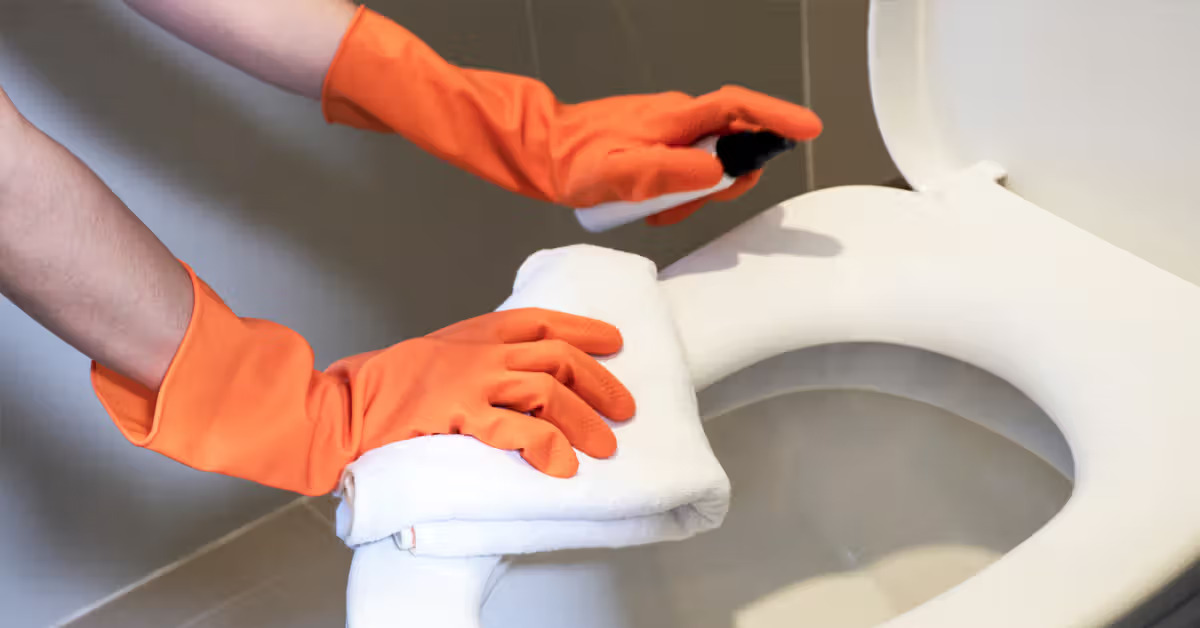
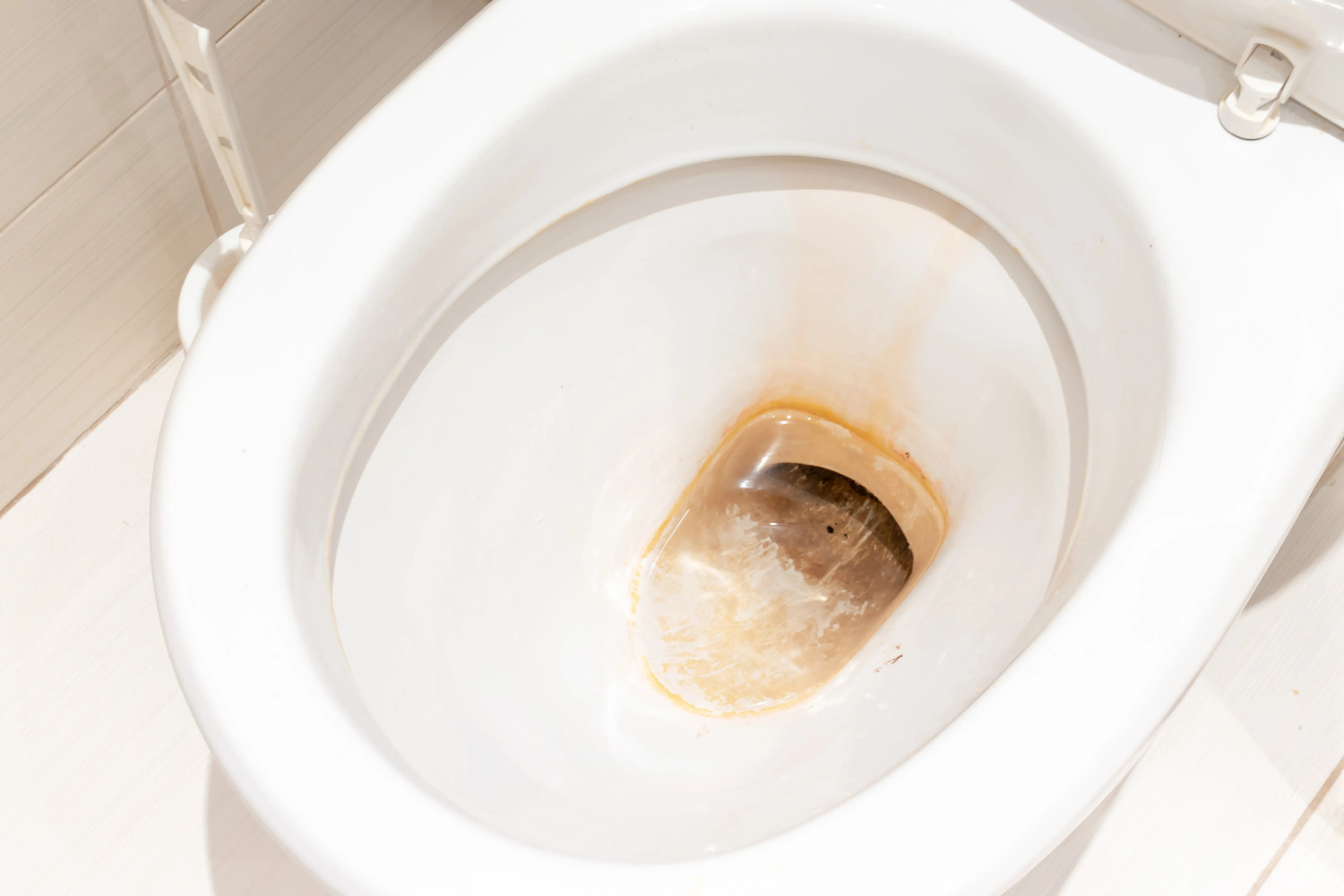
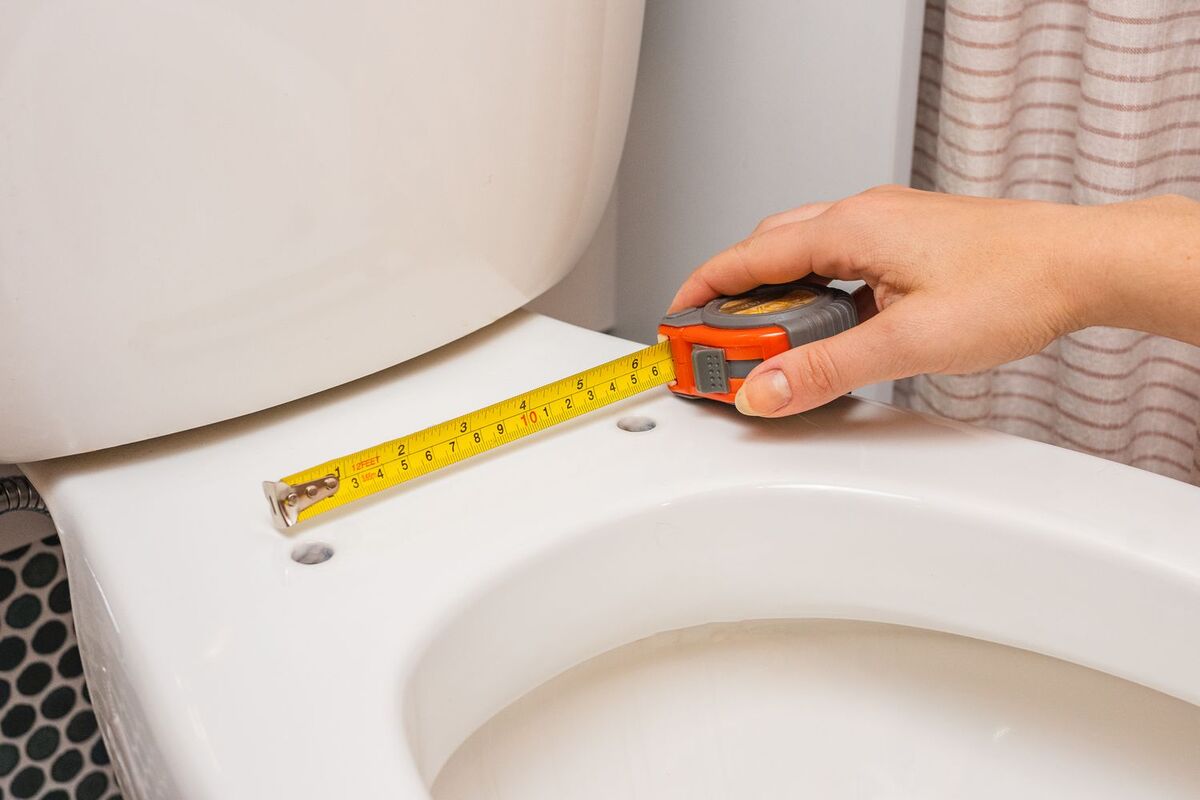
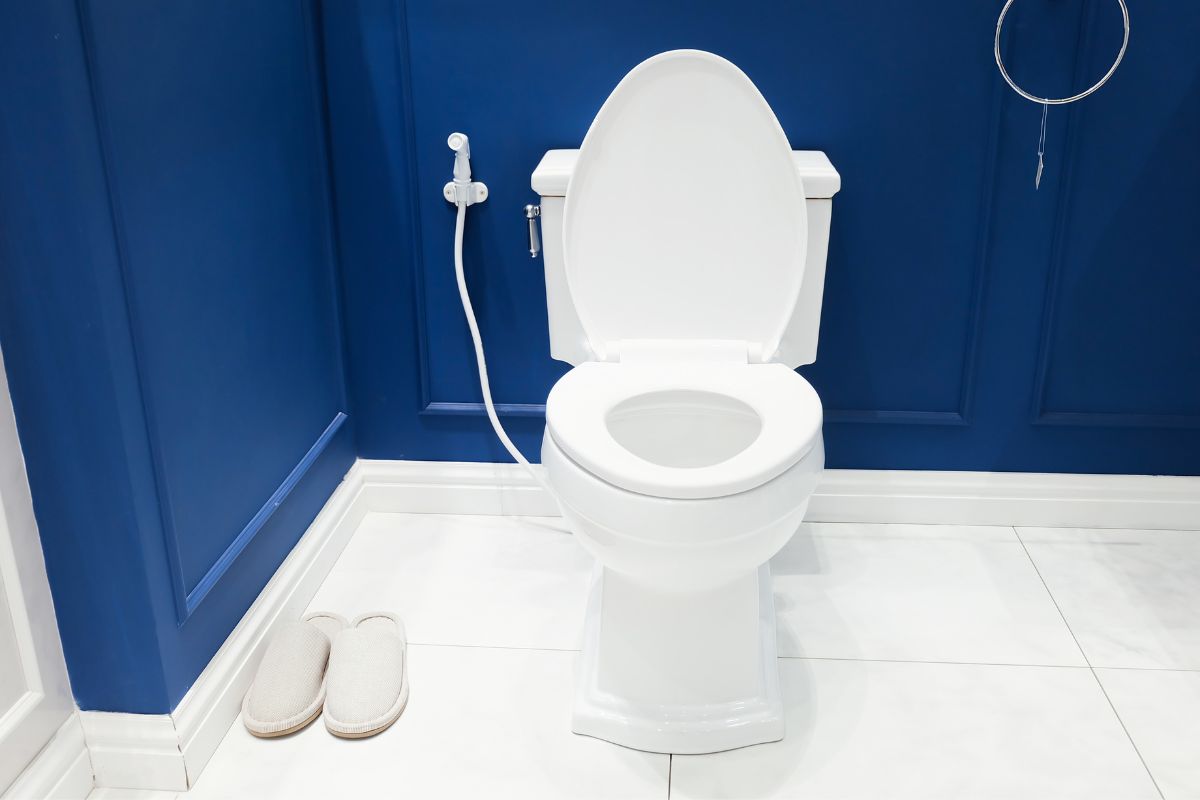
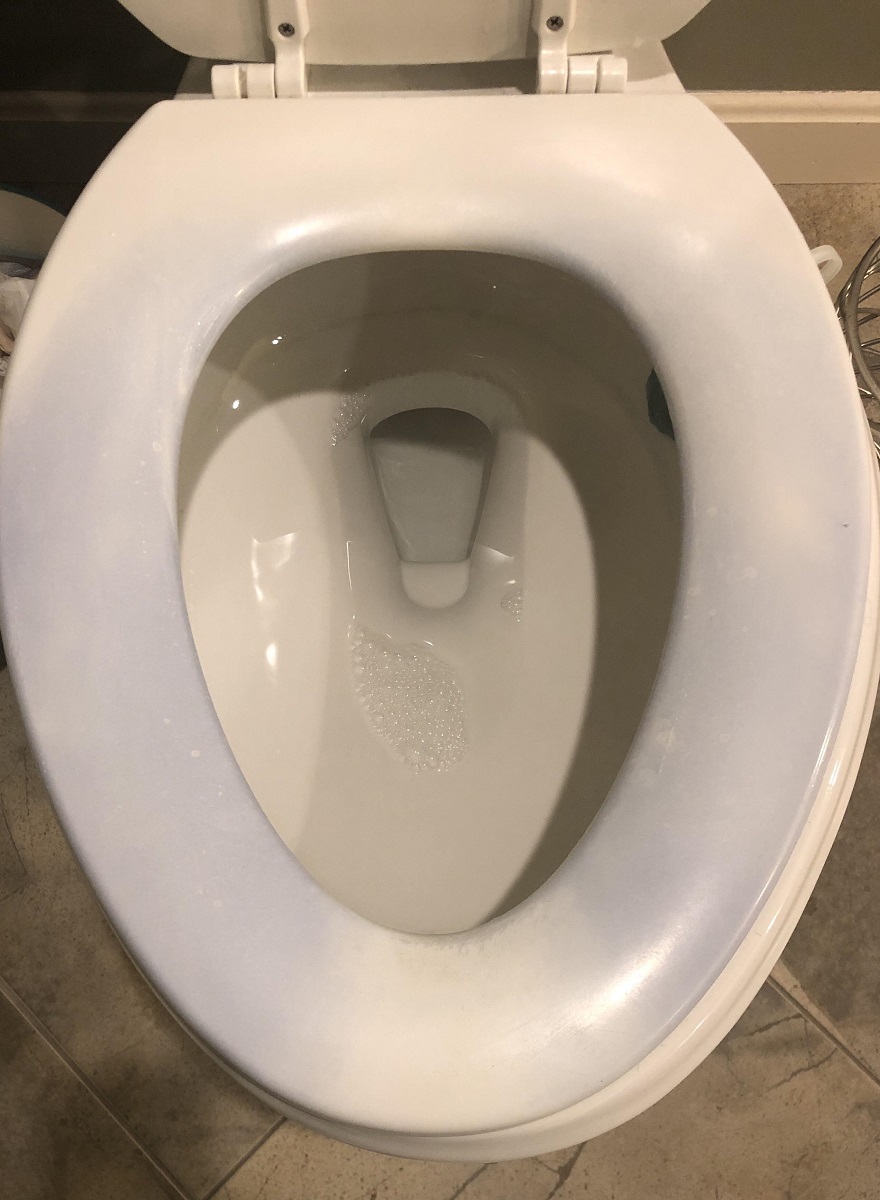
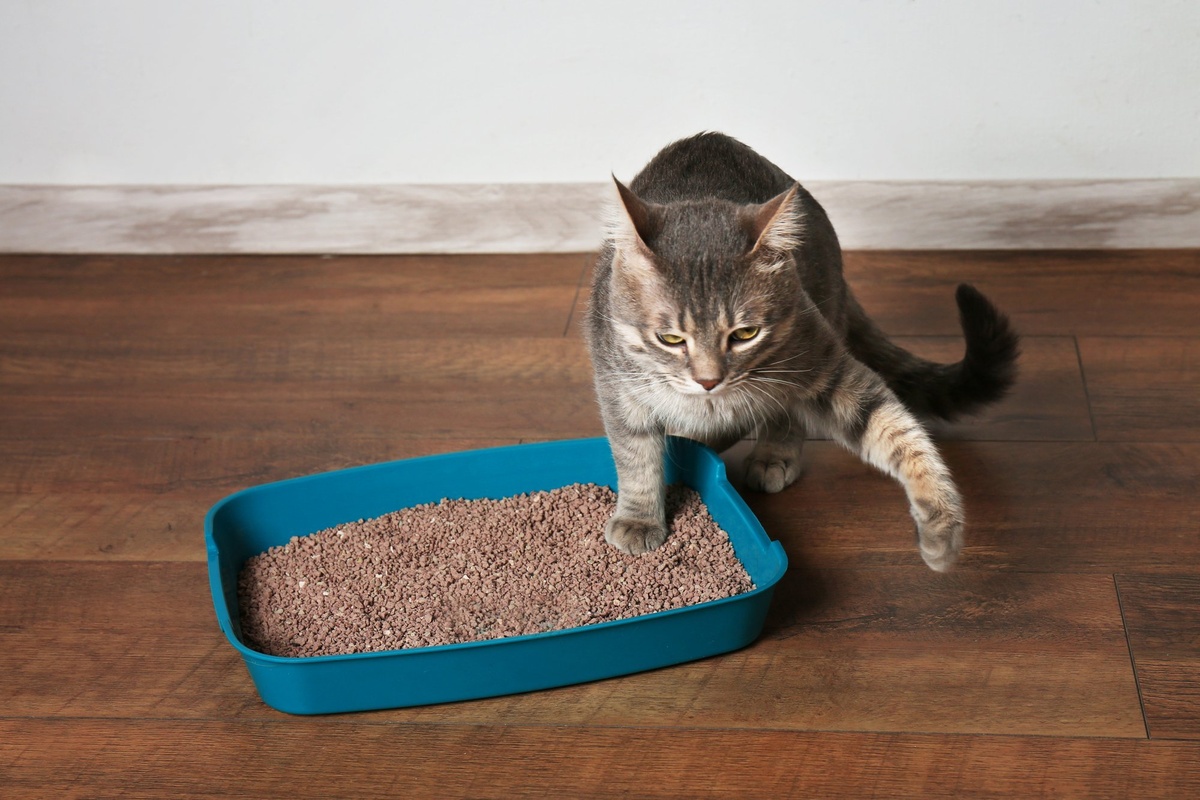
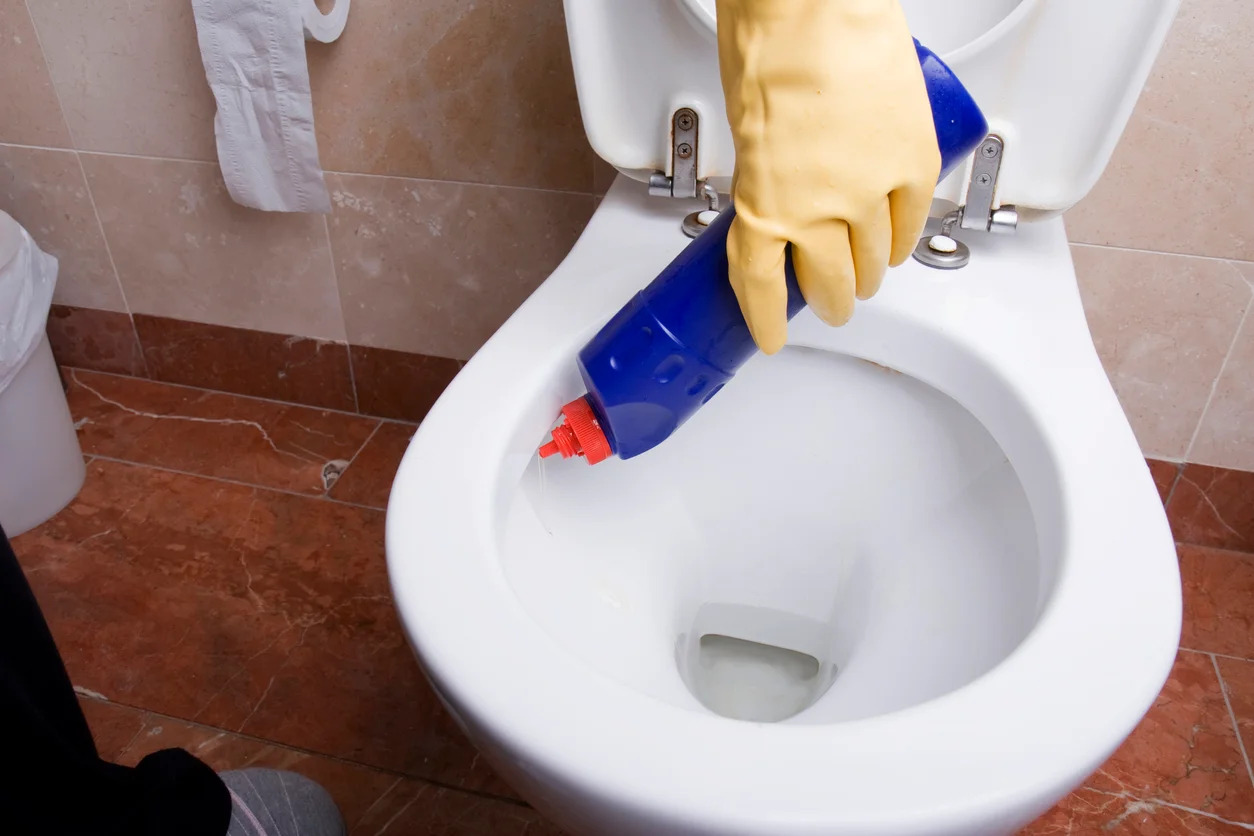
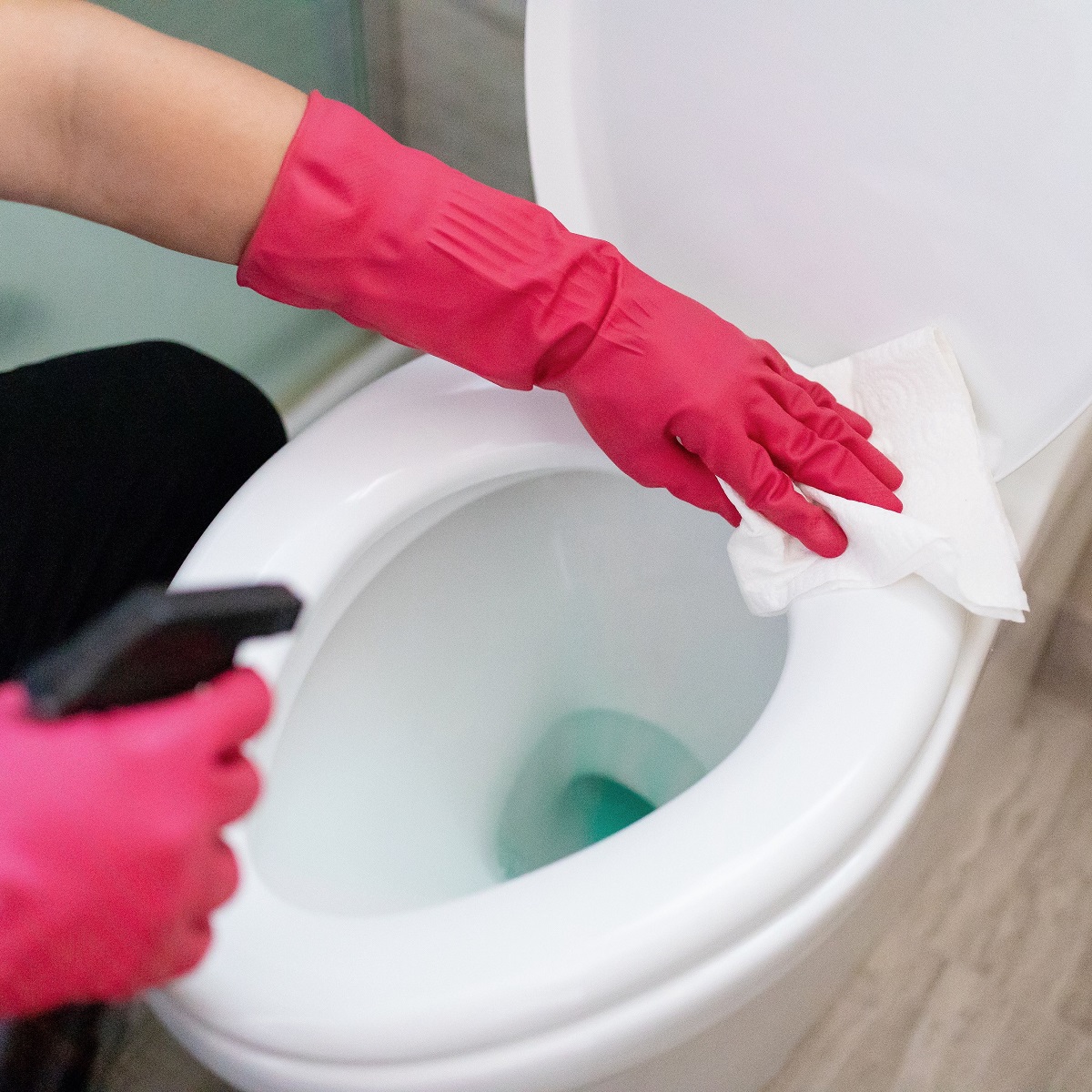
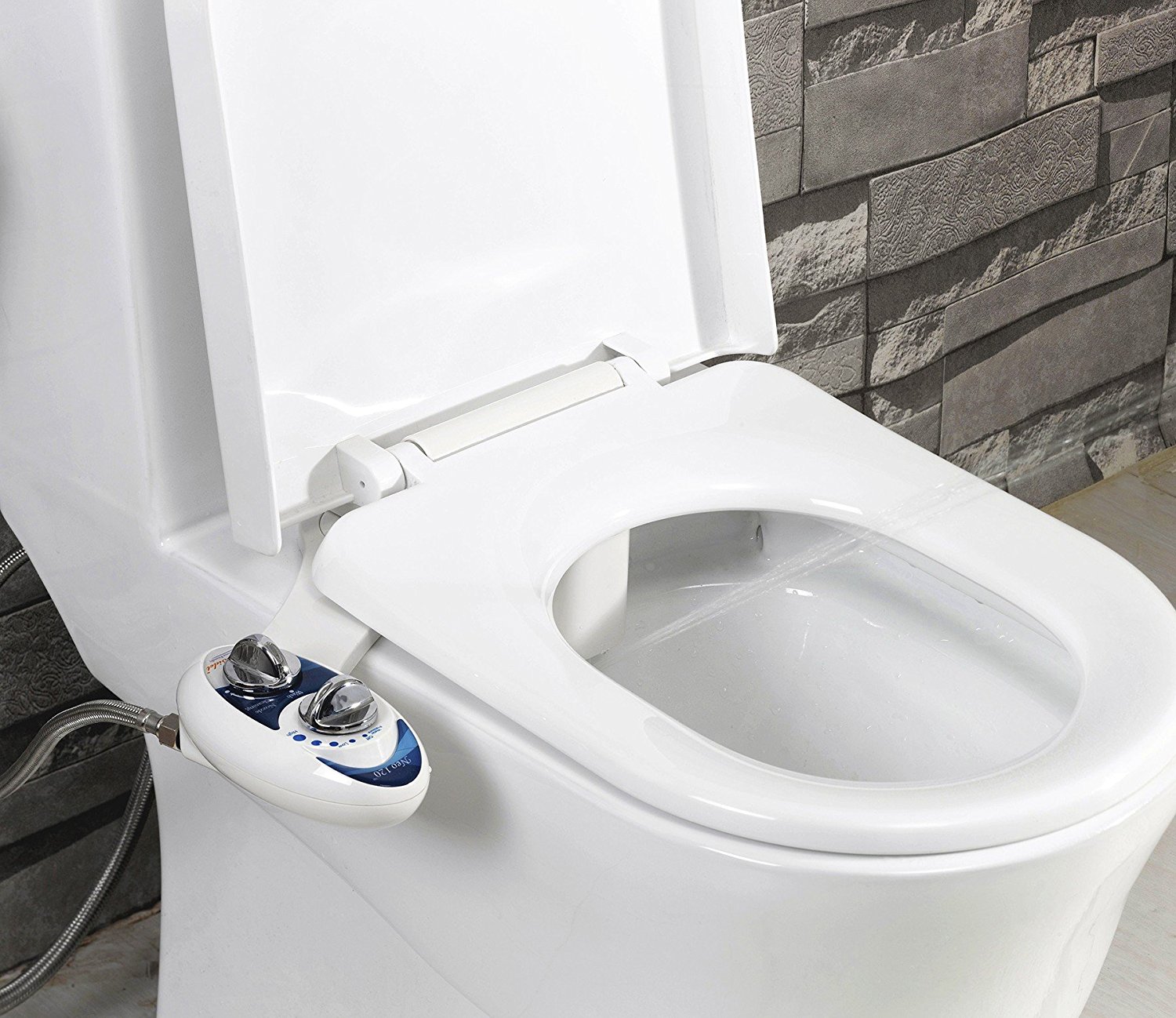
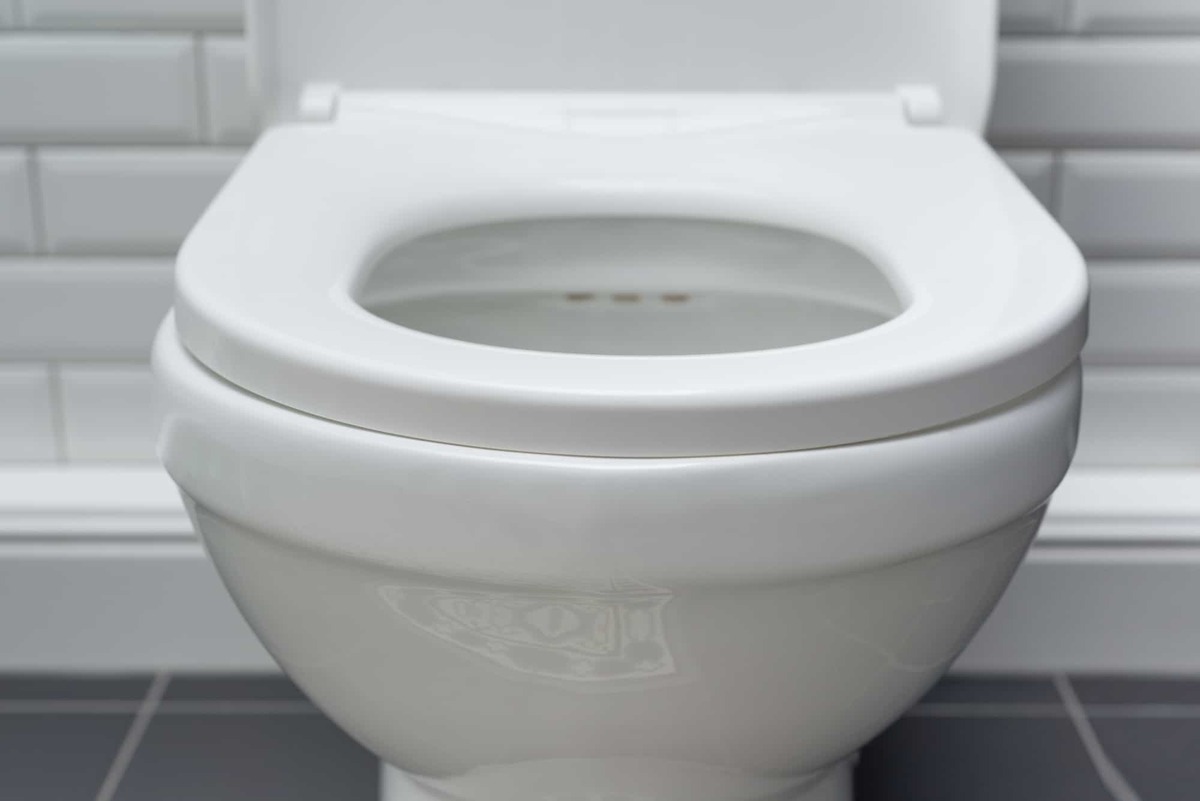
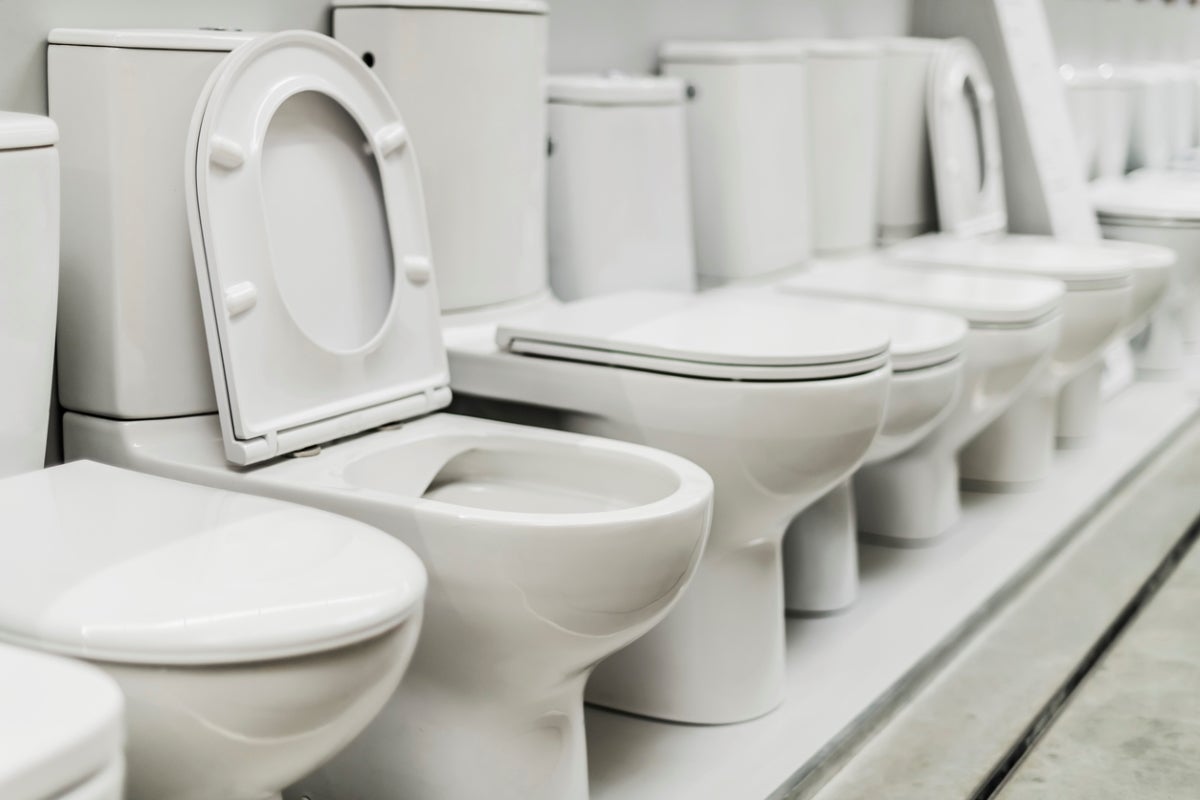


0 thoughts on “Why Do Guys Pee On The Toilet Seat”